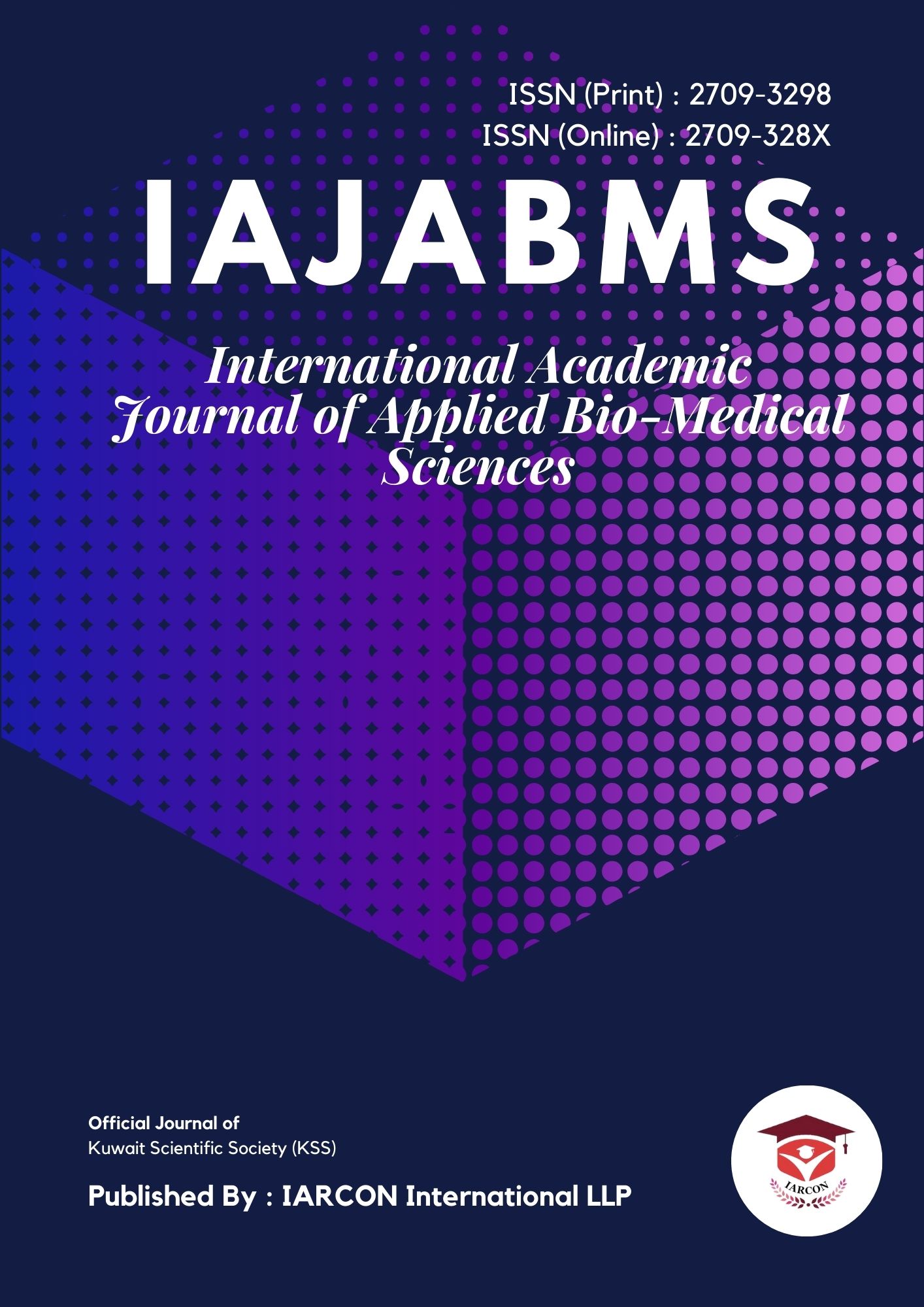Epidemiology and Comparative Laboratory Study on Avian Paramyxovirus-1 in Mosul City
Avian Paramyxoviruses (APMVs) pose a significant threat to both wild and domestic bird populations, with severe implications for the poultry industry. This study focuses on the detection and characterization of APMVs in domestic birds in Mosul city, Iraq. The Hemagglutination (HA) and Hemagglutination Inhibition test (HI), a serological assay used to detect and quantify antibodies against APMVs, was employed alongside egg inoculation and serum neutralization tests to identify and characterize local APMV-1 strains. An investigation was conducted across four regions in Mosul to analyze the patterns and prevalence of APMV-1 infections. A local isolate of Avian Paramyxovirus was successfully isolated using the embryonated chicken egg inoculation technique. The isolate was identified and characterized using serum neutralization and HI tests, with a titer of 105.2 EID50/0.1ml determined by embryo titration. In Region 1, 12 samples (21.82% of the total) tested positive, with 4 samples (33.33%) positive by serum neutralization and 8 samples (66.67%) positive by HI. In Region 2, 17 samples were positive, with 8 (32%) by serum neutralization and 9 (68%) by HI. Region 3 showed a balanced distribution, with 16 positive samples (29.09% of the total), equally divided between the two tests. Region 4 had 10 positive samples (18.18% of the total), with 4 (40%) positive by serum neutralization and 6 (60%) by HI. Overall, out of 55 samples, 24 (43.64%) tested positive by serum neutralization, and 31 (56.36%) tested positive by HI. The findings reveal a significant prevalence of APMVs-1 in domestic birds in Mosul, underscoring the need for continuous surveillance and effective control measures to mitigate the spread of the virus. This study highlights the importance of monitoring APMV infections to protect poultry health and the economy. Future research should focus on understanding the transmission dynamics of APMVs and developing targeted vaccination strategies to reduce their impact.

